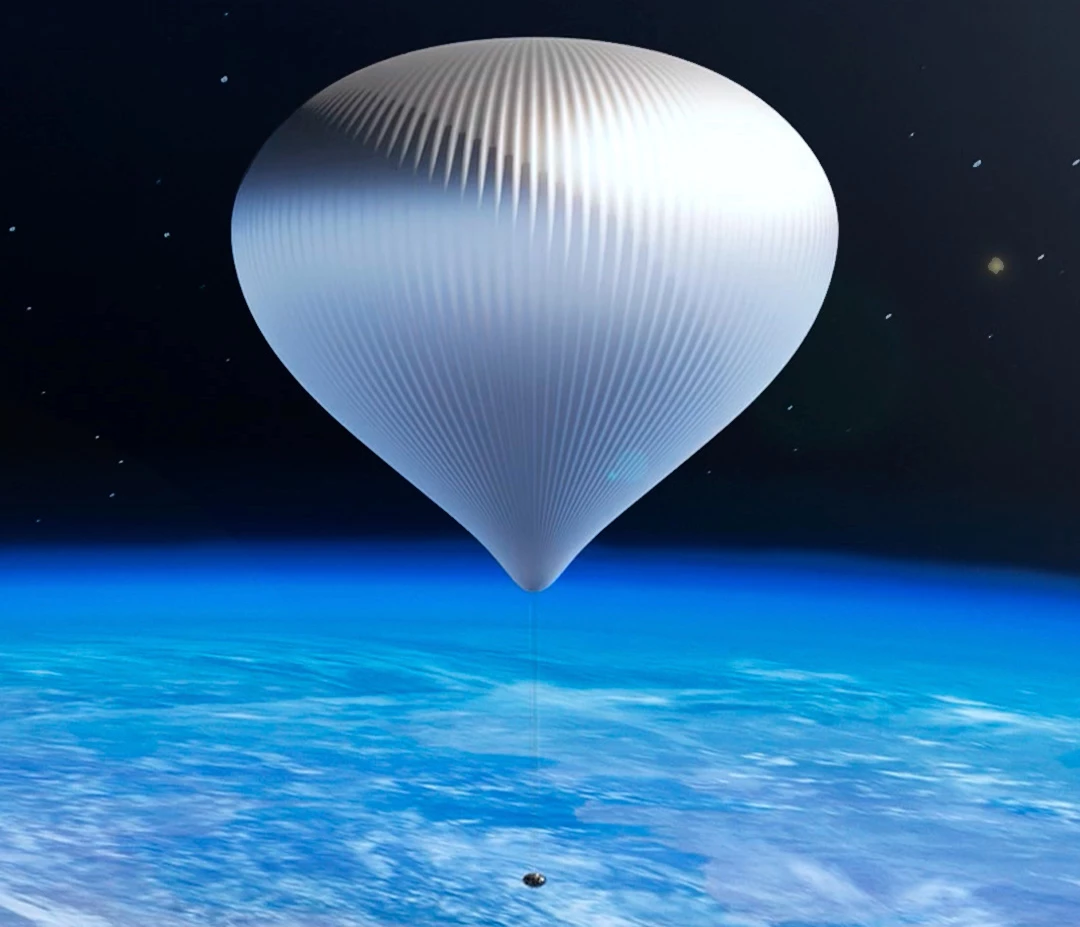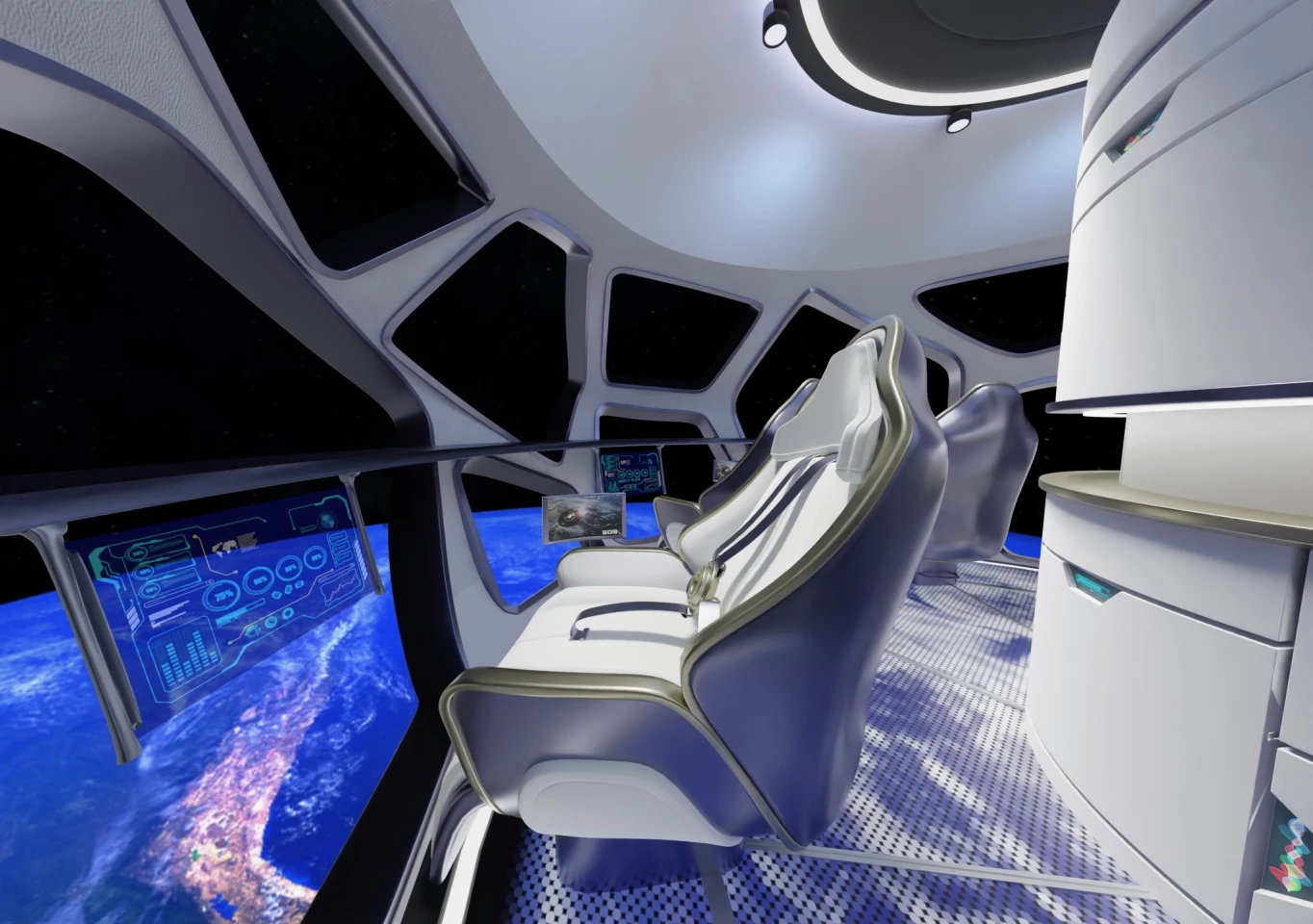Paying passengers could be flying to the outer edge of the stratosphere as soon as next year, but not with the company you might think. Spain's EOS-X Space has announced that it's nearing finalization of a seven-passenger capsule that will be hoisted heavenward by a giant balloon.
When most people think of space balloon rides (if they do), they think of Florida-based company Space Perspective.
Since 2020, it's been developing a pressurized "Spaceship Neptune" capsule that will take batches of eight paying passengers (and one pilot) on six-hour flights up to an altitude of 100,000 feet (30,480 m).
At that height, the curvature of the earth and the blackness of outer space are clearly visible. The capsule will be slung beneath a hydrogen-filled "SpaceBalloon," which will gradually release the gas in order to descend.
Well, Space Perspective isn't the only player in that game.
Seville-based company EOS-X Space has announced that it is now finalizing development of its own capsule, the EOS-X, which is slated to begin commercial flights from bases in Seville and Abu Dabi in the third quarter of next year.

The pressurized carbon fiber capsule will reportedly carry seven passengers and one pilot up to an altitude of about 40,000 m (131,234 ft), hanging beneath a helium-filled stratospheric balloon. It will launch from the base at dawn, taking two hours to ascend, two hours to cruise at altitude, and one more hour to descend and land.
As is the case with Spaceship Neptune, the EOS-X will feature ergonomic seats, panoramic windows, mood lighting, an onboard bar, and a lavatory. Passengers will have to shell out €150,00 to €200,00 (about US$160,550 to $214,060) for the experience, as compared to $125,000 for a Spaceship Neptune flight.

EOS-X Space hopes to offer particularly wealthy clients even more, with a planned SpaceHub Complex on La Isla de la Cartuja (an island on the Guadalquivir River in Seville). There, passengers will stay at a luxury hotel for a few days while partaking in activities such as zero-gravity plane rides and VR space mission simulations, before traveling to the launch base by helicopter.
The company states that validation tests of the capsule "will take place soon," in collaboration with Spain's National Institute for Aerospace Technology.
You can see a brief overview of what a flight will entail, in the following video clip.
Source: EOS-X Space







